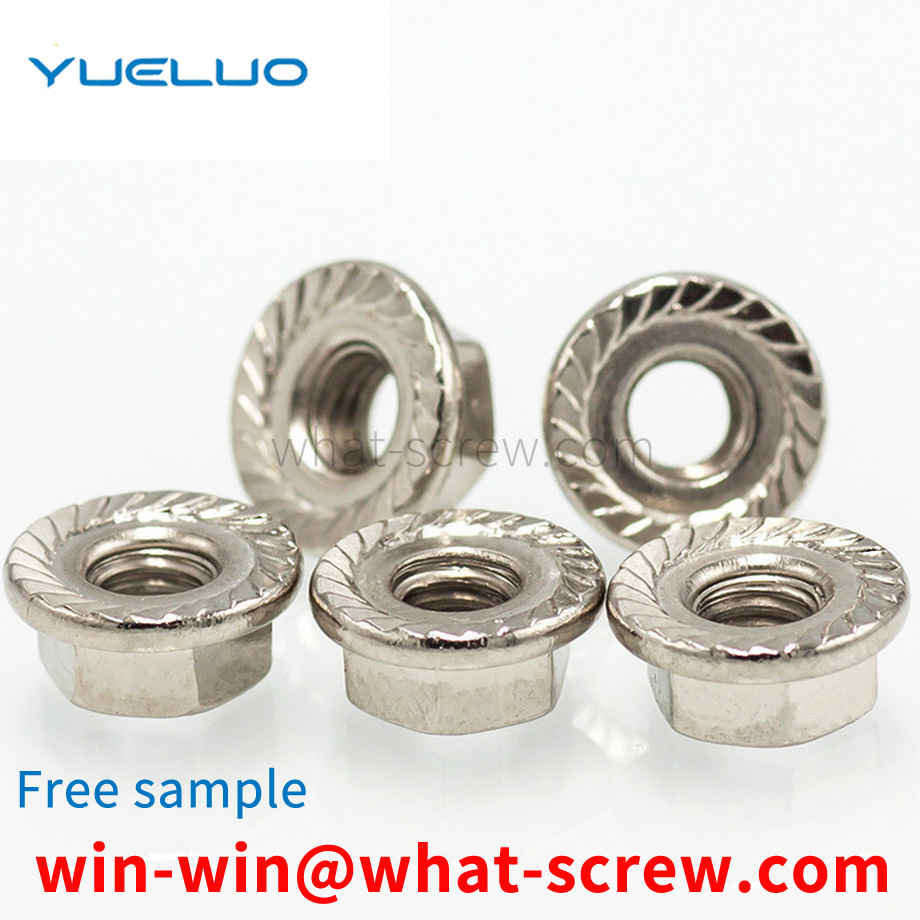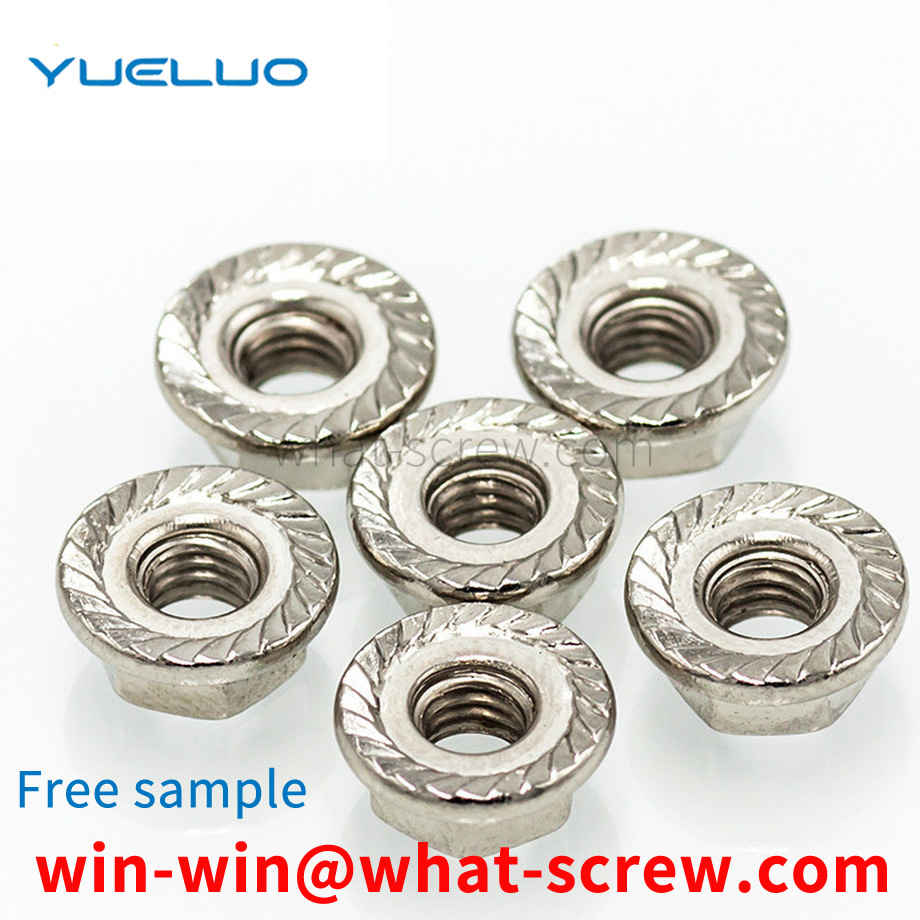Standard spring washer (GB/T93-1987) Light spring washer (GB/T859-1987) Heavy spring washer (GB/T7244-1987) Spring washer is also known as spring meson. Saddle spring washer (GB/T 7245-1987) Saddle spring washer (GB/T 860-1987) Wave spring washer (GB/T 7246-1987) Wave spring washer (GB/T 955-1987)
At present, the commonly used shaft retaining rings in the market usually include elastic retaining rings and screw locking retaining rings, but they all require tools to be installed and disassembled, which is relatively inconvenient to use.
Screws are a common fastener widely used in machinery, electrical appliances and buildings. The general material is metal or plastic, it is cylindrical, and the grooves engraved on the surface are called threads. Due to the different units of measurement, the representation methods of various threads are also different. For example, M16-2X60 represents a metric thread. His specific meaning is that the nominal diameter of the screw is 16MM, the pitch is 2MM, and the length is 60MM. Another example: 1/4—20X3/4 means the inch thread, what he specifically means is the nominal diameter of the screw It is 1/4 inch (one inch = 25.4MM), there are 20 teeth on one inch, and the length is 3/4 inch. In addition, if you want to express American screws, UNC and UNF are usually added to the back of the British screws to distinguish between American coarse teeth or American fine teeth.
screw locking device includes a mounting frame, a driving structure arranged on the mounting frame, a screwdriver and a measuring structure driven and moved by the driving structure; the measuring structure includes a solenoid valve cylinder, which is fixedly connected with a piston rod of the solenoid valve cylinder. The ejector rod, the pressure sensor for detecting the thrust of the solenoid valve cylinder, and the control panel electrically connected with the driving structure, the solenoid valve and the pressure sensor.
Washers are common parts that are annular or annular after compression. The existing standard washers include flat washers, spring washers, serrated lock washers, saddle washers, etc. The end faces are mostly flat or flat after compression. , so it is in surface contact with the workpiece. Generally, after the two workpieces are locked by washers, bolts and nuts, the workpieces cannot move in any direction, so as to achieve the purpose of tightening the two workpieces. In actual production, some workpieces are still required to be properly translated in a certain direction after locking. In order to achieve this requirement, the usual practice is to open a waist-shaped hole on the workpiece that needs to be moved, and the zigzag-shaped bushing is fitted with a flat washer after passing through the waist-shaped hole, as shown in FIG. The edge of the hole is located in the space enclosed by the bushing and the flat washer, and a gap is formed between the workpiece and the bushing and the flat washer, so that even if the bolt passes through the flat washer, the bushing and the workpiece in turn, it is threaded and locked with the nut. tight, the workpiece can still translate along the length of its girdle hole. Obviously, this method can achieve the requirement of proper translation of the workpiece, but the following deficiencies can still be found in the actual assembly. First, before locking, the bushing, washer and workpiece are separated from each other, so it is more inconvenient to assemble; secondly, the lining is The separation structure of the sleeve and the gasket is inconvenient to manage, and the disassembled gasket and bushing are easy to lose and affect the use again.
We have many years of experience in the production and sales of screws, nuts, flat washers, etc. The main products are: Claw Butterfly Nuts, Motor Parts Screws, Black American Screws, Machine Wire Hexagon Nuts and other products, we can provide you with suitable tightening piece solution.



















 Service Hotline
Service Hotline




